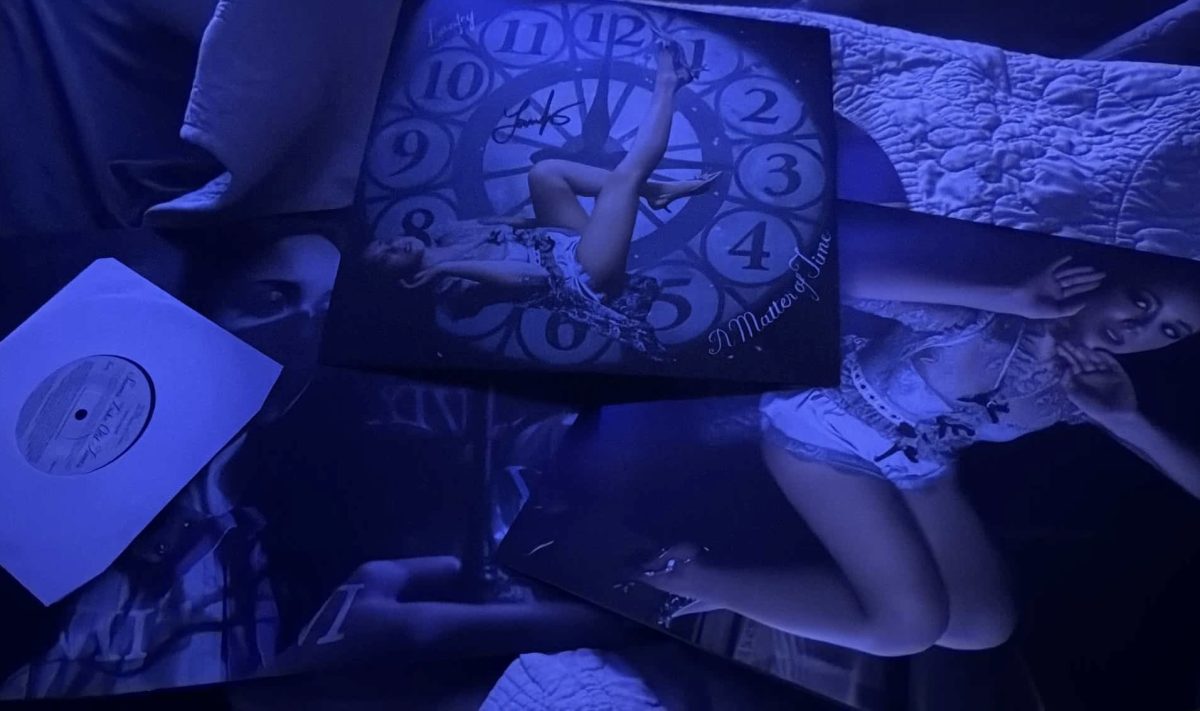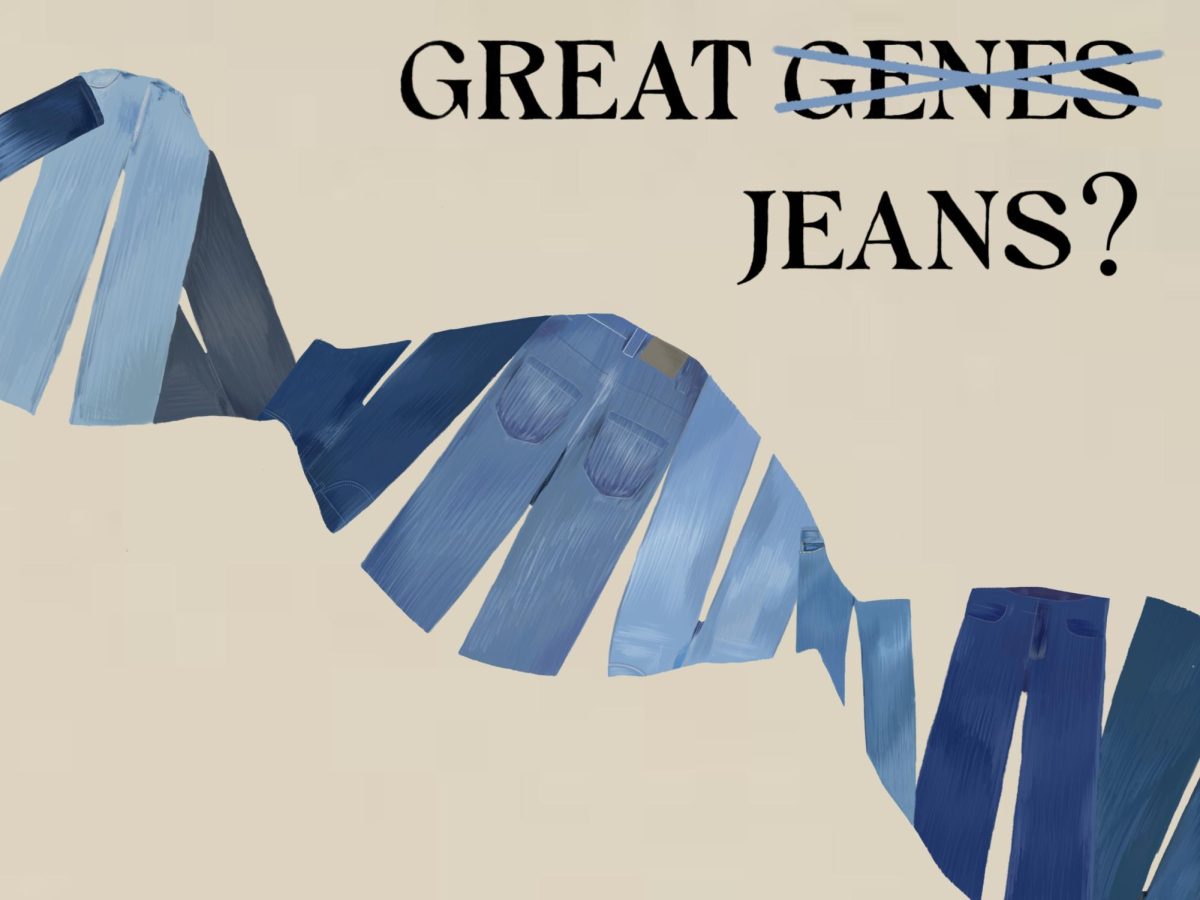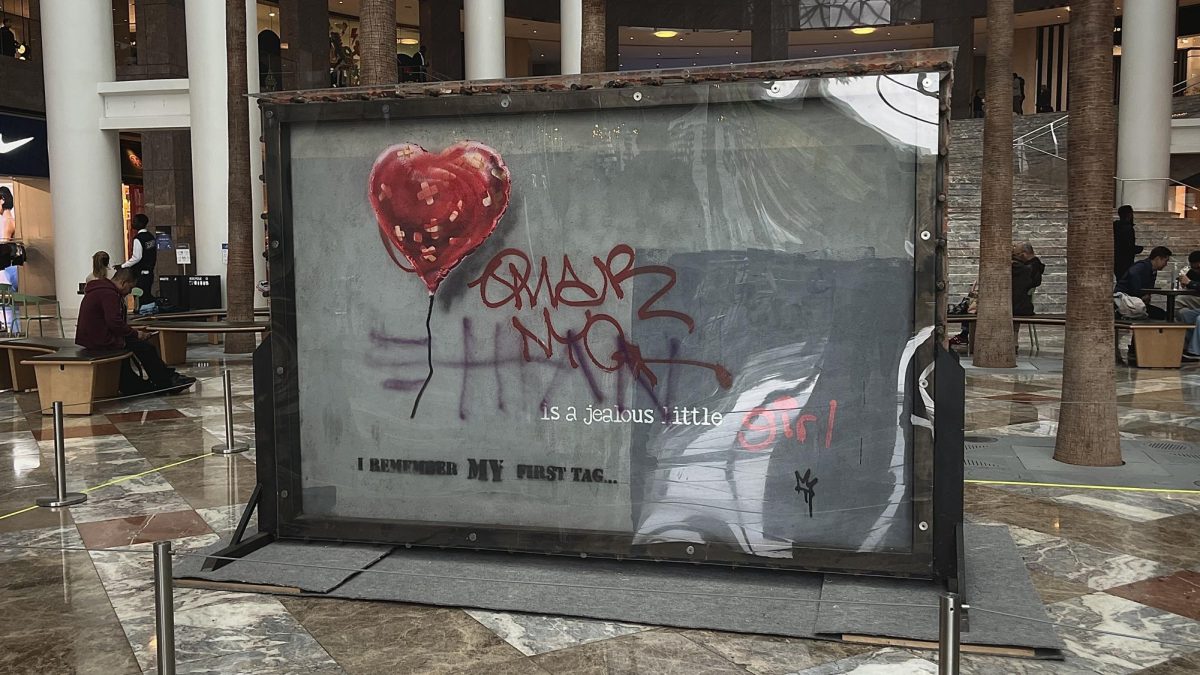Dating shows don’t typically feature serial killers, but the ’70s show, “The Dating Game,” seems to be the exception. Anna Kendrick’s directorial debut, “Woman of the Hour,” was released on Netflix on Oct. 18 and has rapidly become a sensation.
The film primarily follows aspiring actress Cheryl Bradshaw as she tries to get noticed in Hollywood while a stream of murders flows through California.
The movie is based on a true crime story from the ’70s, as serial killer Rodney Alcala murdered at least seven women throughout the United States.
Alcala has since been known as the TV dating show killer after his appearance and victory on ABC’s “The Dating Game” in 1978.
He committed heinous crimes before and after his appearance on the show, leaving devastation in his wake throughout the decade despite numerous police reports filed against him.
The film opens with Alcala taking photos of one of the victims, Christine Ruth Thornton, a pregnant woman traveling alone in Wyoming. He encourages her to pose for photos while asking personal questions about her life.
After revealing that no one knows where she is, Alcala suffocates her, leaving her body in the middle of nowhere and going off to find more victims to terrorize.
Alcala’s actions follow a similar format throughout the film. He takes photos of women before and after he has tortured them, keeping the before photos in a portfolio he openly shows people.
It was later discovered during an investigation that he kept the rest in a storage locker.
Kendrick did a fantastic job portraying this story. She did not romanticize Alcala or portray him as a wounded heartthrob looking to be understood.
His character was haunting from beginning to end. The film depicted six of Alcala’s attacks, with a timeline that is not linear, including time jumps to the past and future surrounding “The Dating Game” episode he appeared in.
Despite these jumps, viewers can follow along with the story well. The show made it clear that he was dangerous and ill-intentioned, showing viewers how each of the women trust him and almost all meet the same gruesome fate.
Kendrick and her team not only brought this story to life in an alluring yet eerie way, but they also made the story intensely relevant to today’s social issues.
An audience member of the show, Laura, recognizes Alcala as the last man to be seen with her friend before she went missing. She attempts to find an executive producer of the dating show to file a police report on Alcala, only to be turned away and ignored.
She is a representation of all the people who tried to come forward about the threat Alcala posed to society, only to be forced to remain silent as the justice system waved away their cries for help.
Alcala was arrested for the assault of an 8-year-old girl, released, then rearrested in 1979 for his assault of Amy, an adolescent runaway that is also portrayed in the film.
However, once more he is released on bail. He continues his attacks until he is arrested again and convicted of seven murders of women and girls; authorities estimate his victim count to be over 100.
Viewers see the justice system’s incompetence in bringing this man down, and they in turn must see how his targets continue to suffer because of this incompetence.
The victims are isolated, and each one gets the same horrified look on their face when they realize that they are in danger but do not have the power to stop what happens next. The helplessness and despair are painful to witness.
From Cheryl’s panicked breaths and quickened steps away from Alcala in a dark and empty parking lot to Amy’s gasp in the last scene, the film was incredibly raw and visceral in how it portrayed the pain and suspense Alcala caused.
Women today must still be cautious of being followed or attacked when walking alone. Cheryl’s experience with Alcala and the general ignorance of the justice system towards victims are not exclusive to the ’70s; they are experiences that continue to persist today.
Kendrick’s directorial debut could not have been better. She added many layers to the film that brought attention to the real case and the dangers of our current world.








